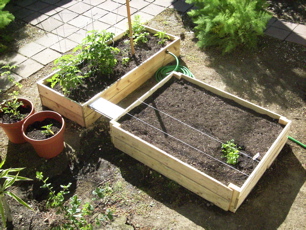The rains continued right up to the last week of April, which everyone keeps saying is unusual. Everything is still green: the hills in the distance, the unmowed verges along the roads. But now it seems that the rains have ended at last, and the summer-dry season is setting in. As I drove across the Dumbarton Bridge to the East Bay, I noticed that the green hills on the other side of the Bay are already fading to gold in places. And the long grass along part of the road near the church is fading from a brilliant green to a light golden-green, its heavy seedheads nodding in the sun. Soon the hills will fade a golden-brown, and the ground will be parched dry; in the mean time, though, flowers bloom everywhere, the air is thick with pollen, and trees are beginning to set fruit. Another writer living in a Mediterranean climate said this about this time of the year:
My beloved spake, and said unto me, Rise up, my love, my fair one, and come away.
For, lo, the winter is past, the rain is over and gone;
The flowers appear on the earth; the time of the singing of birds is come, and the voice of the turtledove is heard in our land;
The fig tree putteth forth her green figs, and the vines with the tender grape give a good smell. Arise, my love, my fair one, and come away.
Song of Solomon, 2.10-13, KJV

